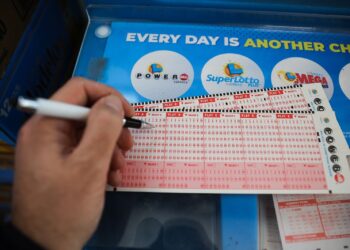
Once a symbol of prestige and status, luxury brand Mercedes-Benz has quietly faded from the top ranks of Namibia’s passenger vehicle market.
The days of flashy sedans ruling the roads appear to be numbered as affordability and practicality take center stage. With their exit, new players are moving in, and the battle for dominance is shifting in unexpected ways.
Where Did the Luxury Go?
For years, Mercedes-Benz was a staple in the Namibian car market, offering sleek designs and a sense of elite ownership. But since 2020, the premium brand has all but disappeared from top sales rankings. The message from consumers? High price tags and expensive maintenance are no longer worth it.
In their place, budget-conscious buyers have turned to more practical, fuel-efficient options, reshaping the market in favor of brands that offer reliability over prestige.
Toyota: The New Overlord of Namibia’s Roads
Leading the charge in this new era is none other than Toyota, which has gone from strength to strength, cementing its place as Namibia’s most dominant vehicle brand. In 2023, Toyota accounted for 43% of total new passenger vehicle sales. By 2024, it had surged to an eye-watering 49%, nearly half the entire market.
This marks a meteoric rise from 2016 when Toyota held just 29% of the market. The brand’s biggest leap came between 2022 and 2023, jumping from 33% to 43%, proving that Namibians trust Toyota’s reputation for durability and affordability.
Volkswagen’s Fall from Grace
Volkswagen (VW) is fighting an uphill battle while Toyota thrives. Once a serious contender, even briefly surpassing Toyota with a 31% market share in 2019, VW’s grip on the market has loosened significantly. By 2023, its share had dropped to 16%, and in 2024, it slid even further to just 15%.
The German automaker, known for its sleek Golfs and Polos, seems to be losing its appeal in a market where affordability is king. Namibian buyers are opting for brands that offer more value for their money, and VW is struggling to keep up.
Haval and Suzuki Are Coming for a Piece of the Pie
While Toyota dominates and VW declines, Haval and Suzuki are quietly making moves. The Chinese brand Haval has been building a loyal following since 2021, holding a steady 4% market share in recent years. Suzuki, on the other hand, climbed to 7% in 2022 and continues to maintain a strong presence. Nissan has also recently entered the top ranks, coming in with a 3% market share of sales in 2024, subsequently knocking Hyundai out of the race.
Kia has also made significant strides, growing from just 3% in 2017 to 11% in 2023, before stabilizing at 9% in 2024. These brands are capitalizing on the demand for affordable, fuel-efficient cars, making them a growing threat to the old market giants.

The Road Ahead: A Changing Market
IJGs New Vehicle Sales Reports highlights that the days of luxury dominance are clearly over. Toyota is showing no signs of slowing down while Volkswagen faces an identity crisis as it struggles to keep up with shifting consumer preferences.
With affordability and efficiency now the biggest selling points, emerging brands like Haval and Suzuki are finding their footing. If VW and other legacy brands don’t adapt, they may soon find themselves completely overshadowed.
For now, Toyota reigns supreme in Namibia’s new passenger vehicle market, while Volkswagen fights to stay relevant. The question is: how long can Toyota hold onto its iron grip, and will the rising challengers have what it takes to shake things up?
Disclaimer
The information presented in this article is intended for informational purposes only and should not be construed as definitive market analysis or financial advice. While every effort has been made to ensure the accuracy of the data, variations may exist due to evolving market conditions and data collection methodologies. Readers are encouraged to consult official automotive industry sources and manufacturers for the most up-to-date and comprehensive information.











